Plant signals.
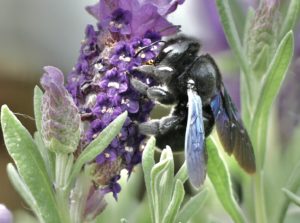
Many plants have a distinctive scent, think of sweet peas, jasmine or honeysuckle, or stand next to a pine tree on a warm, summer’s day. The scent is due to the release of volatile organic compounds (VOC’s, often oils), produced by specific tissues or glands. Often it is the nectaries within flowers that produce the scent, apart from their ‘job’ of producing the sugary nectar. The nectaries may be found on almost any structure within a flower - petals, sepals, stamens, ovary*. The location of nectaries varies from species to species.
There are other structures that can produce scent, for example, trichomes, and osmophores. Osmophores are clusters of cells specialising in scent production. Any part of a plant can release scent, for example, the leaves of eucalyptus, lavender or myrtle.
The scent of a plant may include a variety of VOC’s, indeed there may be dozens of different organic compounds contributing to a particular scent. Many of these compounds are terpenoids (isoprenoids). They contribute to the scent of eucalyptus oil, lavender oil and the flavours of cinnamon and ginger. 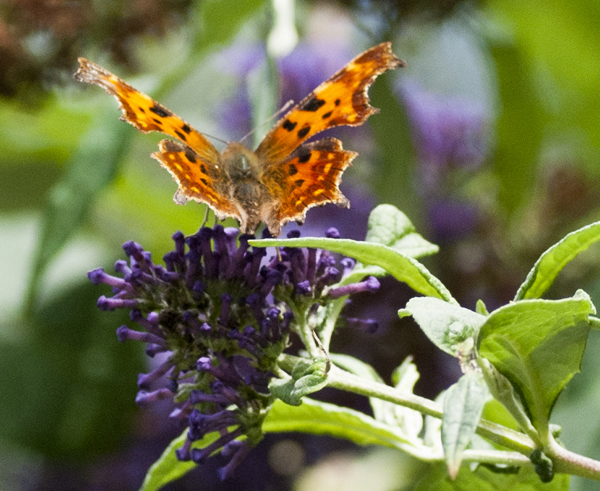
Scent may have a number of functions. It may be released to attract specific pollinators - moths, butterflies, bees, hoverflies etc. (who have learned to recognise the scent). The production of VOCs can be modulated, for example, scent production may be turned off when a flower is pollinated. A scent may also unfortunately be a signal to herbivorous insects to ‘come and feed’. So, scent have positive or negative effects.
A scent may be produced to deter herbivory by certain insects. Sometimes, plants have a different approach. For example, when pollen beetles feed on oil seed rape, the rapeseed releases VOCs which attract the attention of other insects. Specifically, those that will lay their eggs in the larvae of the pollen beetles. These insects are usually from the same family as bees, wasps and ants - the Hymenoptera (insects with membranous wings and a ‘narrow waist’). The pollen beetle larvae are then ‘eaten’ from the inside by the developing parasitoid larva.
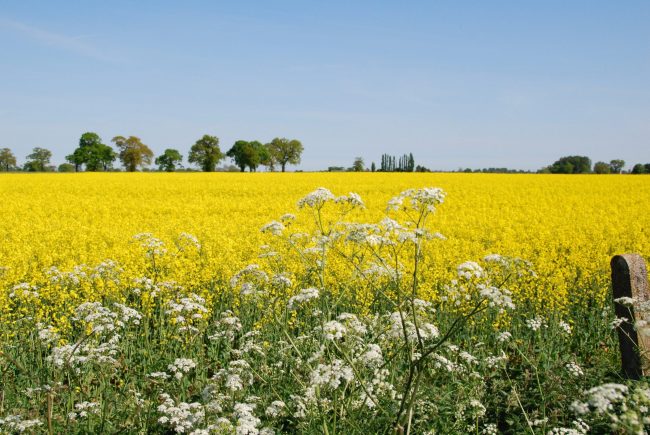
The release of VOC’s is affected by a number of factors temperature, light, circadian rhythms, physical damage and drought. As the temperature increases so the amount of VOCs released increases (usually). This may be experienced in coniferous woodland. Conifers give off a variety of volatile oils (i.e. biogenic VOC’s) that contribute to a unique aroma and the formation of aerosols found in the air in and around such woodlands and forests; it is most noticeable in warm weather. [An aerosol is a ‘mixture’ of very small particles (solid or liquid) in air; other examples of aerosols include mist, cigarette smoke, or car exhaust fumes].
In snapdragons, the most scent is emitted at noon which tends to coincide with pollinator activity, in contrast tobacco plants scent release is in the evening / night when hawkmoth are active. Drought reduces the ability of plants (like rosemary and thyme) to produce / release VOC’s, this in turn, has been observed to affect which pollinators visit their flowers.
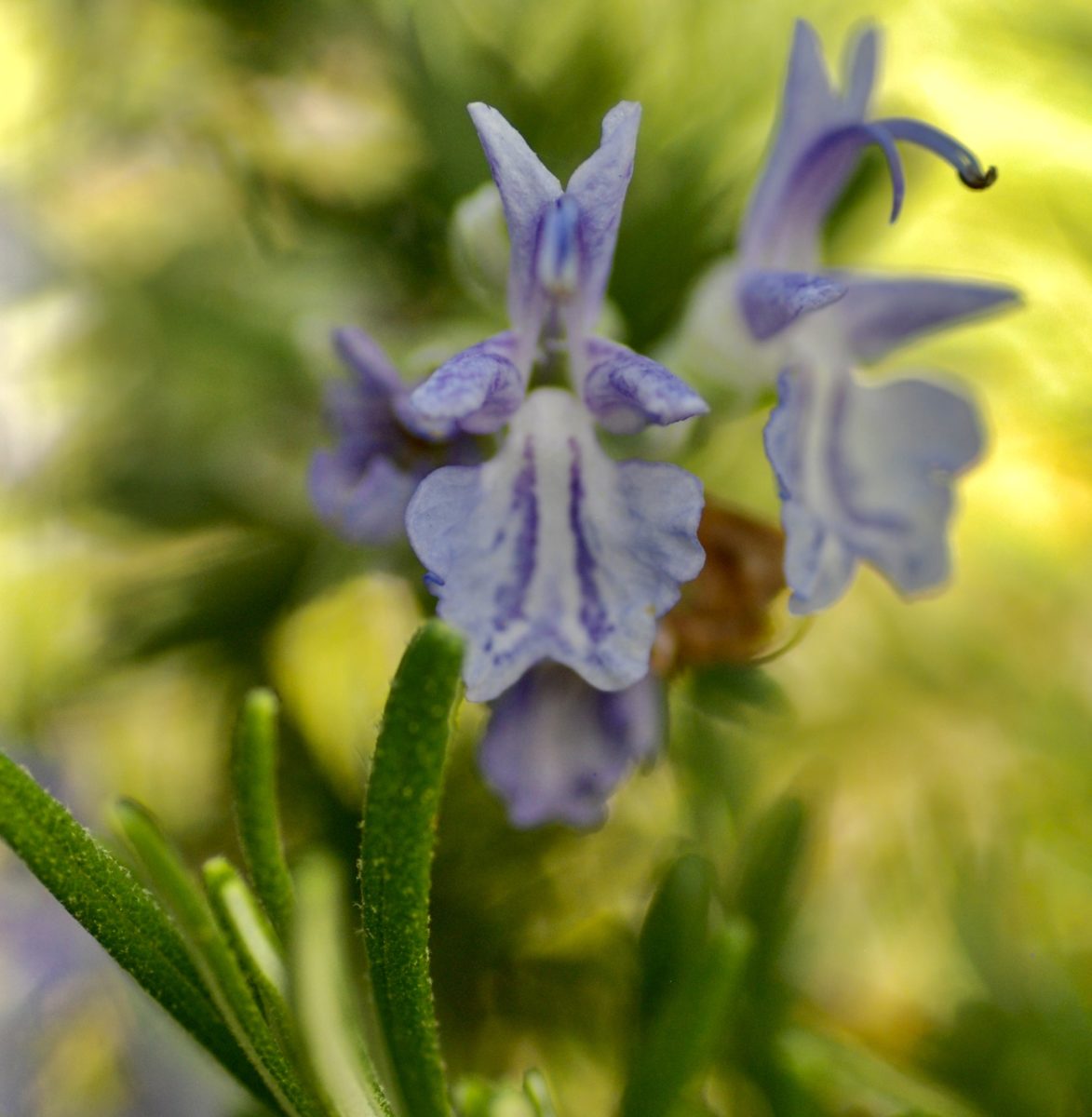
- Nectaries located within the flowers of a plant are sometimes referred to as nuptial nectaries, whereas those found in other parts are termed extra-nuptial.
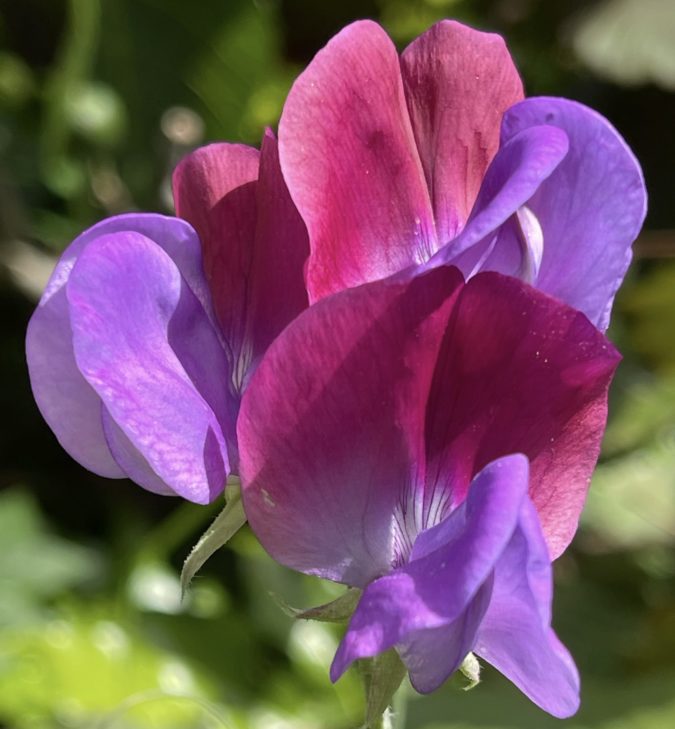
Comments are closed for this post.
